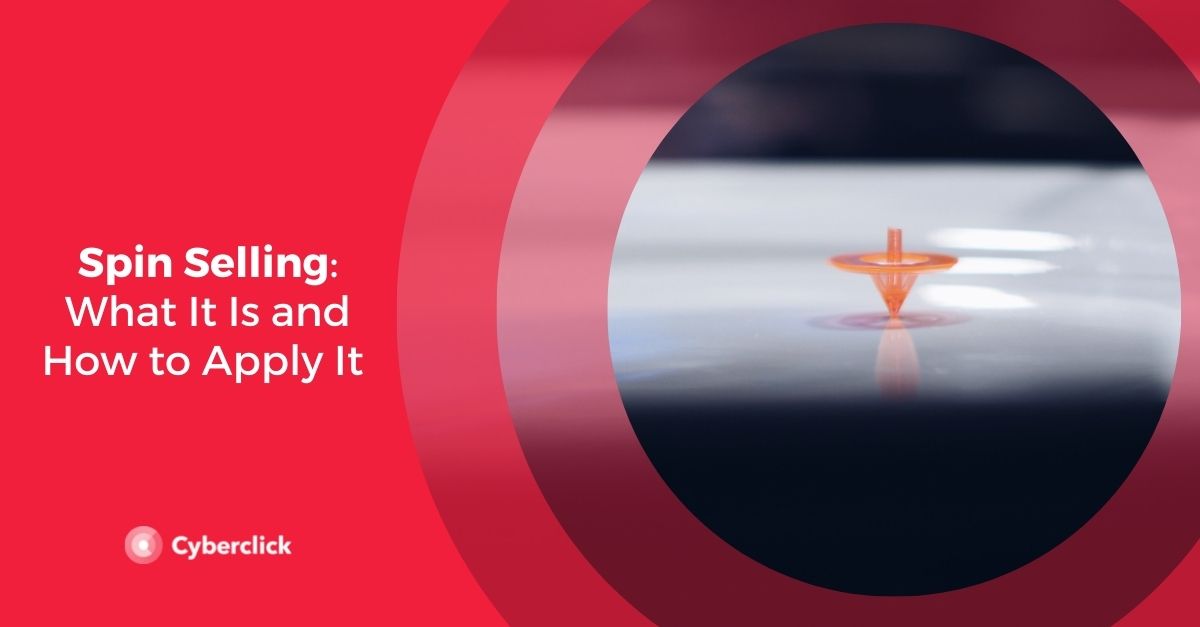In today’s competitive market, brands are not just selling products or services, they’re selling experiences, emotions, and relationships. A critical aspect of building that connection is a powerful brand promise. But what exactly is a brand promise, and how can you craft one that resonates with your audience and helps your marketing efforts?
Let’s jump into this essential branding concept and explore how to create a brand promise that sticks.

What are Brand Promises?
In simple terms, a brand promise is the commitment a company makes to its customers about the experience they can expect when interacting with its products or services. It’s a clear, concise statement that captures your brand’s values, vision, and benefits that it offers. A brand promise is more than just marketing talk — it’s the foundation of customer trust.
Think of your brand promise as the unspoken contract between you and your customers. It sets expectations, shapes perceptions, and defines what your brand stands for. If you deliver on that promise consistently, you build customer loyalty. If you don’t, you risk losing trust.
Why is a Brand Promise Important?
A brand promise strengthens brand identity and acts as a guiding light for your entire brand strategy. It defines what your brand stands for and ensures that all messaging, campaigns, and customer touchpoints align with this core message. It also builds consumer trust. When you make a promise and deliver on it consistently, you build trust with your customers. This trust leads to stronger relationships, repeat business, and positive word-of-mouth (WOM) recommendations.
Additionally, it differentiates you from your competitors. In a saturated market, a compelling brand promise can help you stand out. It provides clarity about why customers should choose you over the competition and what makes your offering unique. Last, but not least, it guides decision-making. A strong brand promise can serve as a framework for making decisions for both internal and external stakeholders.
How To Create a Brand Promise That Resonates
Now that we know the importance of a brand promise, let’s get into how to create one that resonates with your audience. It’s not just about writing a catchy phrase, it’s about delivering real value that connects with your customers emotionally and practically.
Understand Your Core Values and Purpose
Your brand promise should be a direct reflection of your company’s core values and mission. What does your brand stand for? What drives you beyond making a profit? By aligning your promise with your purpose, you ensure that your brand communicates authenticity and sincerity.
Identify Your Target Audience’s Needs and Desires
A brand promise is only powerful if it resonates with your audience. To do that, you need to understand your customers’ pain points, desires, and expectations. What problems do they face? What emotions drive their purchasing decisions? What solutions are they seeking?
Customer research and personas are essential tools here. Use surveys, interviews, and social listening to gain deep insights into your audience’s needs and motivations.

Be Clear and Concise
Your brand promise should be easy to understand and remember. Avoid jargon and overly complex language. Focus on clarity and simplicity. A strong brand promise is short and sweet— it should capture the essence of your brand in one compelling sentence or phrase.
Think about the most iconic brand promises:
- Nike: "To bring inspiration and innovation to every athlete* in the world."
- Apple: "Think Different."
- Coca-Cola: "To inspire moments of optimism and happiness."
Each of these is clear, concise, and resonates with their respective audiences. This Nike campaign from May captures the brand's promise perfectly and as a result, got the attention of over 37M viewers.
Make It Realistic and Achievable
A brand promise should inspire customers, but it must also be grounded in reality. If you promise something you can’t deliver, it will quickly backfire. Be sure your promise aligns with your brand’s capabilities and resources. Customers can sense when a brand is over-promising or not following through.
The key is to find a balance between ambition and realism. Your brand promise should challenge you to continually improve, but it must also be something your team can reliably deliver.
Infuse Emotion and Value
Emotion is at the heart of every strong brand. People don’t just buy products, they buy the feelings and experiences associated with those products. Craft a promise that speaks to your customers’ emotions while also delivering practical value.
For instance, instead of just promising efficiency or reliability, consider how your product or service makes your customer feel. Are they empowered, happy, confident, or inspired? Emotional connections often drive the deepest loyalty.
Test and Refine
Once you’ve drafted your brand promise, test it with your audience. Does it align with their values and expectations? Get feedback from both customers and employees to see if your promise feels authentic and is something that your entire organization can commit to.
Remember, a brand promise isn’t set in stone. As your brand evolves, you may need to refine your promise to stay relevant and connected to your audience.
A strong brand promise is more than just a marketing slogan — it’s the cornerstone of your brand’s identity. By creating a promise that is clear, realistic, emotionally resonant, and rooted in your brand’s core values, you set the stage for long-lasting relationships with your customers.
All That to Say…
It is important to take the time to create a brand promise that speaks directly to your audience’s needs and desires. When you do, you’ll establish a powerful foundation of trust and loyalty that will carry your brand forward for years to come.
Start by defining who you are and what you stand for — the rest will follow.
Inbound Marketing Strategist en Cyberclick. Especializado en HubSpot, lidera las estrategias de inbound marketing de los clientes de Cyberclick. Oier es un apasionado del marketing, la creatividad y el audiovisual y es licenciado en Bellas Artes con un máster en Artes Digitales.
Inbound Marketing Strategist at Cyberclick. He leads inbound marketing strategies for Cyberclick's clients, with experience in CRM management and HubSpot. Oier is passionate about marketing, creativity and audiovisual content and he holds a degree in Fine Arts with a master's degree in Digital Arts.






Leave your comment and join the conversation